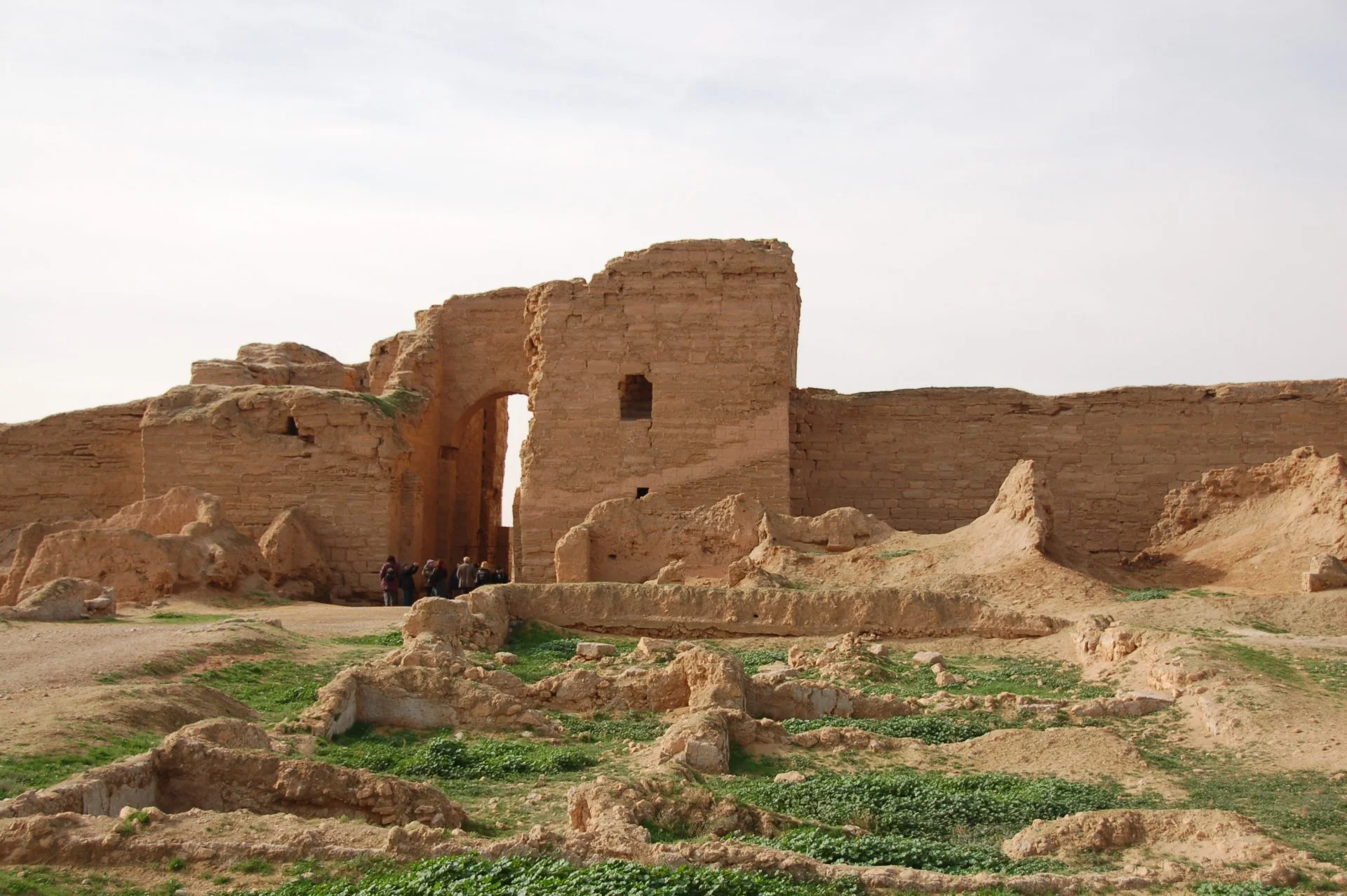Chemical warfare has been one of the most brutal, effective, and inhumane forms of warfare in history.
Chemical warfare was notorious for being used during the First World War, which killed and disfigured hundreds of thousands; but this was not the first true instance of chemical warfare in history.
The earliest known case took place around the 3rd century AD in the lands of Syria, where the Romans and the Sasanian Persians clashed over the Levant for the strategic military fortifications and rich farming that produced high yields of grain each year.
Cities such as Deir Ezzor, Daraa, and Raqqa would see the bulk of combat between the two great powers, but one particularly brutal battle took place at the site of Dura-Europos in modern day Al-Salihiyah, Deir Ezzor Governate.
There are no historical texts or accounts of the battle to give contemporary written evidence of subsequent chemical use, but archaeological evidence has helped tell the story through physical anthropology.
Around AD 256, the Sassanian Empire under Shapur I laid siege to Dura-Europos, in which archaeologists were able to pinpoint the year from a coin found on the remains of a fallen Roman soldier.
The Sasanian Persians had effective siege techniques to storm Dura-Europos by applying a series of tunnels to bring down the city walls, with mining likely starting within Dura’s underground necropolis. The Romans then dug a series of countermines to stop the incursions, but in the ensuing struggle the Persians won the battle.
Archaeologists from the 1920s to 2009 have since discovered evidence of a brutal and gruesome scene, where they found 20 bodies (19 Roman and 1 Sasanian) inside the Roman tunnel along with traces of bitumen and sulphur crystals.
When combined, these combustible elements give off dense clouds of choking sulphur dioxide gases that negates oxygen and chokes the lungs. As the Roman diggers reached the Sasanian lines, the chemicals were pumped into the Roman tunnel, causing suffocation and death from the gas.
The use of smoke generators in siege-mines is mentioned in classical text, with the archaeological evidence at Dura suggesting that the Sasanian Persians were well aware of the use of chemical substances and its application in chemical warfare.
Whilst the Sasanian Persians ultimately failed to bring down the walls of Dura through mining, they did manage to eventually overrun the city, resulting in most of the garrisoned defenders and inhabitants to either be slaughtered or sold as slaves within the Sasanian Empire.
Written by Julian McBride
Julian McBride is a forensic anthropologist and independent journalist born in New York. He’s the founder and director of the Reflections of War Initiative (ROW), an anthropological NGO. He reports and documents the plight of people around the world who are affected by conflicts, rogue geopolitics, and war, and also tells the stories of war victims who never get their voices heard. Find out more
Header Image Credit : Simone Migliaro – Shutterstock







